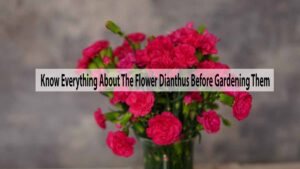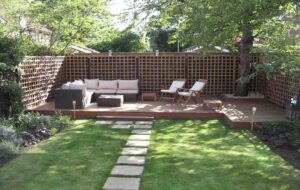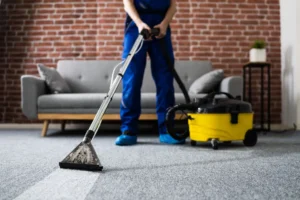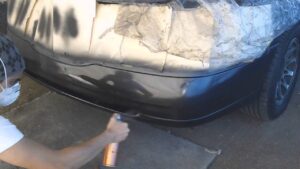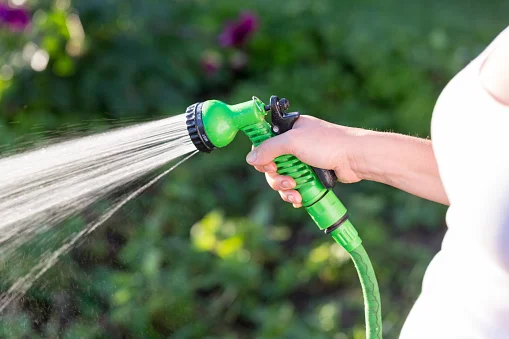
Growing your own food has been on your list of goals for a while. You finally decided that this year you are going to grow some vegetables and herbs for yourself. So, how do you get started? What tools do you need? What type of soil should you use? How much land do you have to work? Seriously, google “how to garden in spring,” and you’ll find many different answers. The truth is, gardening isn’t easy for beginners as there are many variables that go into it: soil type, plant species, growing season, etc. Even within the same area, gardening can vary from place to place because of weather conditions and local flora and fauna. So what if I told you there was a way to limit the stress, anxiety and confusion involved in starting your vegetable garden? You see, even though it may seem daunting at first, gardening is fairly simple once you get started. Once you learn the right skills and tools, it can be one of the most enjoyable ways to spend your spare time.
The Importance of Good Start Conditions
If you’re anything like other people, you will enjoy growing your own food. But growing your food isn’t a one-size-fits-all proposition. There’s no one size that fits all when it comes to growing your own vegetables or herbs. Depending on your soil type, growing certain vegetables or herbs in your garden may be difficult or impossible. Unfortunately, when starting your own vegetable garden, you have very little control over the environment outside of what you do. So, it’s important to have good starting conditions in place before you plant the desired seeds.
Utilizing Soil Type
Soil type is one of the most important factors when growing vegetables. What type of soil you have and how you use it can greatly affect the success of your garden. There are 4 main types of soil: loam, gravel, sand, and clay. Gravel and sand are the most common types of soil. Because they are heavy and compact, they are excellent for growing small vegetables such as lettuce and radishes. On the other hand, loam is the preferred soil for growing larger vegetables and fruits like tomatoes, sweet potatoes, and grapefruits.
Plan Your Garden Step-by-Step
Once you’ve determined which type of soil you’ll be using, you need to plan your garden. It’s helpful to think about where you’ll be planting your vegetables. For example, if you have a large backyard, you may want to plant your veggies in an area where you can easily see them from your house. If you’re growing vegetables in a small garden, you may want to plant them in a part of the yard that is secluded from other gardens and can be easily kept free of weeds. You also want to remember where you’ll add the most water. If you’re growing large crops like tomatoes, you’ll want to add water near the end of the season when the soil is very dry. On the other hand, if you’re a backyard gardener who wants to grow vegetables year-round, you’ll want to water your garden more often during the crop cycle to avoid soil build-up that can lead to plant diseases. Avail of discounts with Royal Dubai Jewellers Coupon and Promo Codes from Sneek Coupon.
Transplanting Your Veggies
Once you’ve determined the type of soil you’ll be using, it’s time to think about transplanting your veggies. You can use all kinds of veggies as starters: carrots, sweet potatoes, avocados, winter squashes, etc. However, if you don’t plant them in rows like you would a flower bed. You may want to consider transplanting your veggies. Transplanting your veggies is easy. Simply dig a hole about 2 feet deep, place the transplanted vegetable in the hole, and fill in around the vegetables with soil. Be careful not to overfill the hole. You don’t want to compact the s; compacted soil can absorb less water and nutrients from the air.
What tools do you need?
The first and foremost tool that anyone growing their own food should have is requisite space. If you’re growing vegetables in a small space, like behind a wall or in a container, it’s very difficult to keep an eye on them and take the necessary steps to ensure they reach maturity. You also don’t want to spend a lot of time moving your plants from place to place because you’ll be stressed out and want to spend more time with your family. One last thing to keep in mind is your tools. Garden tools can be difficult to find in small towns and rural areas, so you’ll want to look into buying a few extra things before you start. You must get a suitable hose from a top flexible hose manufacturer.
Conclusion
Gardening is a great hobby that can be enjoyable for everyone. Don’t let gardening stress you out or be an impossible project for no reason. With a little effort, you can start your vegetable garden and grow healthy, organic vegetables for your family and friends.

